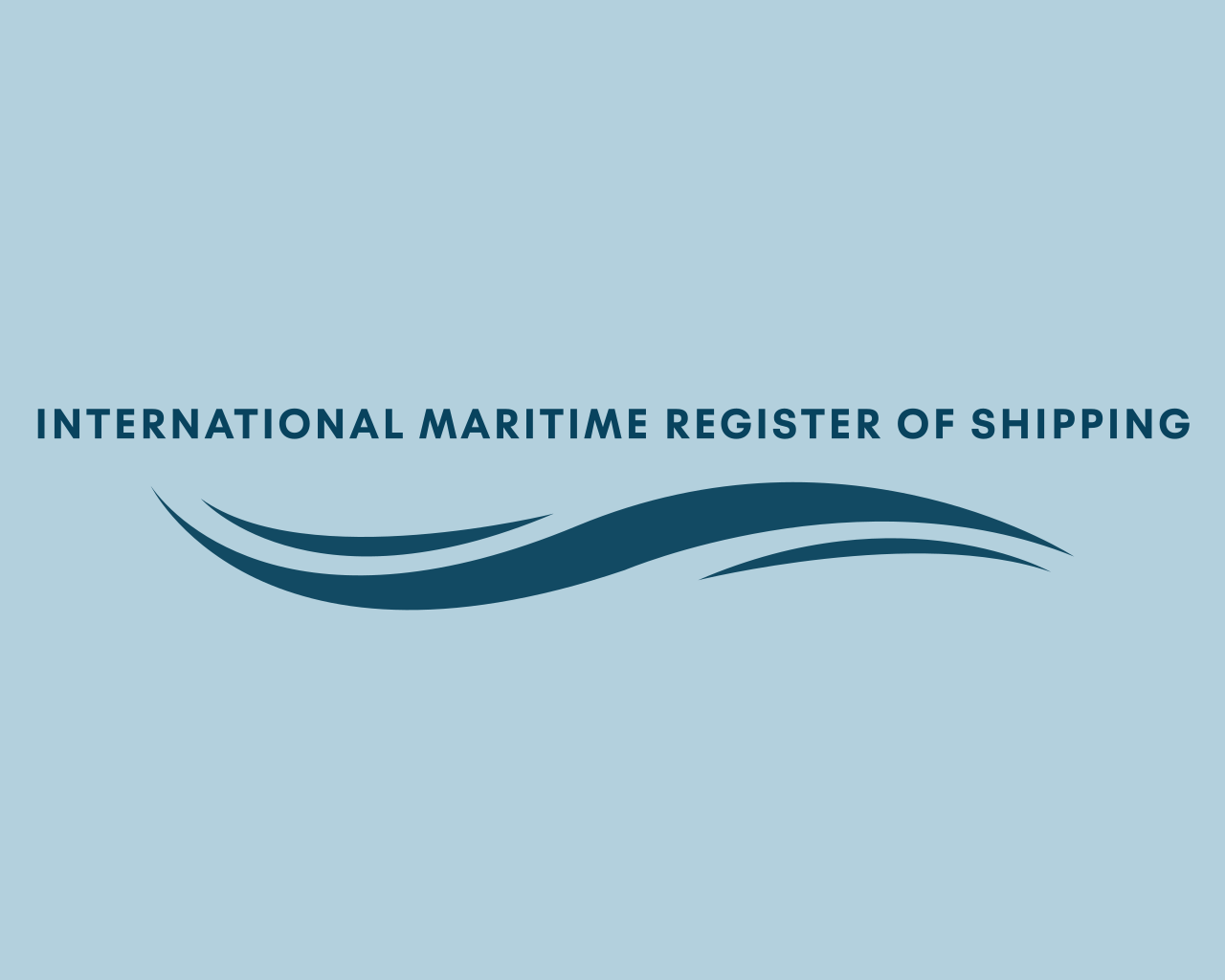Fire and safety plan
Statutory
A Fire and Safety Plan (FSP) is a comprehensive document that outlines procedures, protocols, and strategies for preventing, detecting, and responding to fires and other emergencies onboard ships. It is a critical component of a vessel’s safety management system, designed to safeguard the lives of crew members, passengers, and the vessel itself. Here’s an overview of the Fire and Safety Plan:
Purpose:
- The primary purpose of the Fire and Safety Plan (FSP) is to ensure the safety of personnel and the protection of property onboard ships by establishing clear guidelines and procedures for fire prevention, detection, suppression, and evacuation.
- The plan aims to minimize the risk of fires and other emergencies, mitigate their impact if they occur, and facilitate an organized and effective response to safeguard lives and assets.
Content:
- The Fire and Safety Plan typically includes the following components:
- Layout and designation of fire zones, compartments, and escape routes onboard the vessel.
- Location and types of firefighting equipment, including fire extinguishers, hoses, hydrants, and fixed firefighting systems such as CO2, foam, and water sprinkler systems.
- Procedures for fire prevention, including housekeeping practices, smoking regulations, and hot work procedures.
- Instructions for fire detection and alarm systems, including the use of smoke detectors, heat detectors, and manual alarm stations.
- Emergency response procedures, including the assignment of responsibilities, communication protocols, and evacuation plans for crew members and passengers.
- Coordination with external authorities and resources, including shore-based fire departments, port authorities, and emergency response agencies.
- The Fire and Safety Plan typically includes the following components:
Preparation and Approval:
- The Fire and Safety Plan is developed by the shipowner or operator in collaboration with naval architects, safety experts, and regulatory authorities.
- The plan is subject to approval by the flag state’s maritime administration or recognized classification societies to ensure compliance with international regulations and industry standards.
Training and Implementation:
- Crew members and relevant personnel are trained in the contents and procedures outlined in the Fire and Safety Plan during onboard familiarization and safety training sessions.
- Regular drills and exercises are conducted to test the effectiveness of the plan and familiarize crew members with their roles and responsibilities in responding to emergencies.
- The plan is implemented during routine operations and emergency situations, with continuous monitoring and review to identify areas for improvement.
Regulations and Compliance:
- The development and implementation of a Fire and Safety Plan are required by international regulations, particularly under the International Maritime Organization (IMO) and the International Convention for the Safety of Life at Sea (SOLAS).
- SOLAS Chapter II-2 – Fire Protection, Fire Detection, and Fire Extinction sets forth specific requirements for fire safety measures onboard ships, including the preparation and maintenance of a Fire and Safety Plan.
In summary, the Fire and Safety Plan (FSP) is a crucial document that ensures the effective management of fire and safety-related risks onboard ships. By providing clear guidelines and procedures for fire prevention, detection, and response, the plan enhances the safety and security of maritime operations, protecting lives, property, and the environment.

